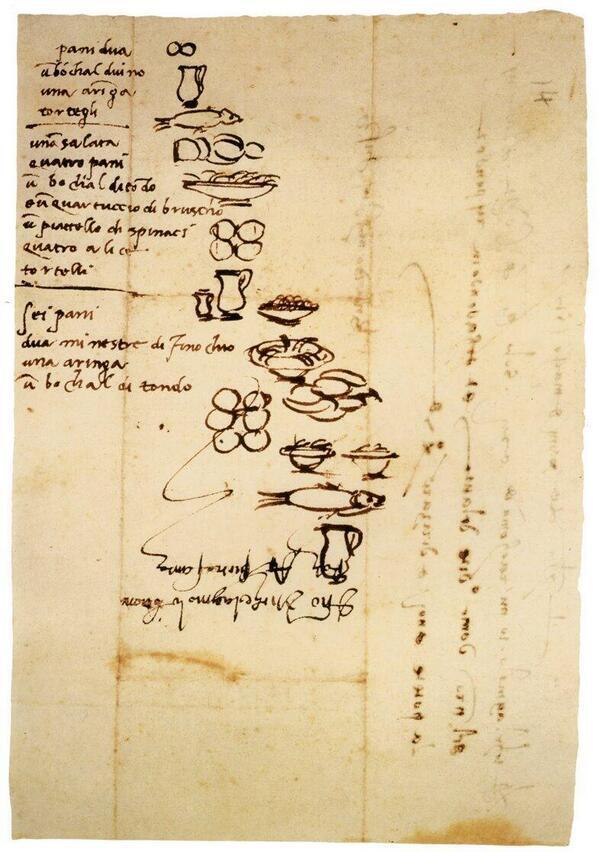It doesn’t take long to learn how to pull a shot of espresso. Search for that phrase on Youtube, and you’ll find hours’ worth of sound instruction, most of it in the form of brief and easily digestible videos. All of them cover the same basic stages of the process: grinding, dosing, tamping, and brewing. When examined closely, each of those stages reveals a formidable body of knowledge to master. If any one Youtuber can lay claim to having mastered all of them, it must be James Hoffmann, previously featured here on Open Culture for his videos on subjects from deep-fried coffee to the classic Bialetti Moka Express. In the six-part series above, he offers viewers an overview of all they need to know to achieve a true understanding of espresso.
Episode by episode, Hoffmann explains how to choose the right dose of coffee, ratio between the amount of ground and liquid coffee, brew time, grind size, brew temperature, and pressure. Of course, there is no single universally correct setting or amount of any of these things: each is a variable with its own range of effects on the shot of espresso ultimately yielded.
Each drinker, too, has a different conception of the taste and texture of the ideal espresso shot, and consistently realizing those qualities — or at least getting close — necessitates no small amount of trial and error. But those who listen well to Hoffmann’s explanations will surely end up with fewer errors, and in any case get more enjoyment from the trials.
Watch “Understanding Espresso,” and you’re going to want to know how Hoffmann pulls shots for himself. This he addresses in a bonus episode — unsurprisingly, the longest one of the bunch — which shows his entire process in detail, from preparing the beans to stirring and sipping. Along the way, he also introduces the variety of specialized devices he uses: a strong draw for his many coffee-gearhead subscribers, but one he presents with the caveat that you really don’t need to go high-end all the way in order to live your best espresso life. Even so, the dedicated home enthusiast must put in considerably more time and attention than the average chain-coffee-shop barista. “Cafés want to make good espresso as quickly and easily as possible,” he reminds us. “We want to make incredible espresso every time.”
You can watch the entire playlist, from start to finish, at the very top of the post.
Related content:
The Birth of Espresso: The Story Behind the Coffee Shots That Fuel Modern Life
Coffee College: Everything You Wanted to Know about Coffee Making in One Lecture
All Espresso Drinks Explained: Cappuccino, Latte, Macchiato & Beyond
Life and Death of an Espresso Shot in Super Slow Motion
Based in Seoul, Colin Marshall writes and broadcasts on cities, language, and culture. His projects include the Substack newsletter Books on Cities, the book The Stateless City: a Walk through 21st-Century Los Angeles and the video series The City in Cinema. Follow him on Twitter at @colinmarshall or on Facebook.


